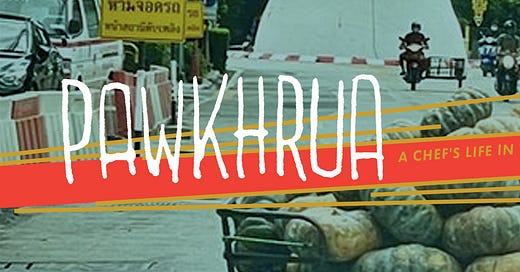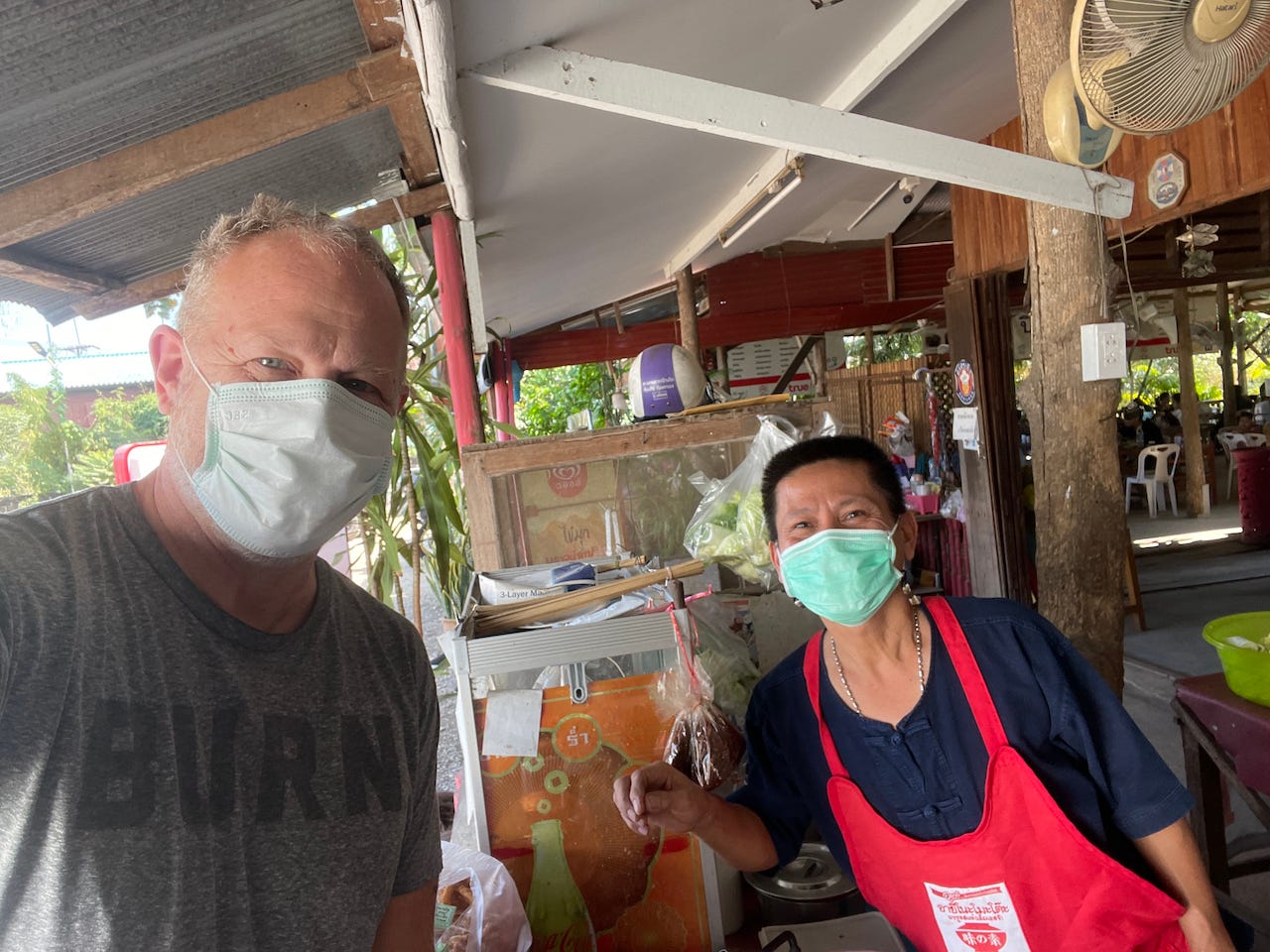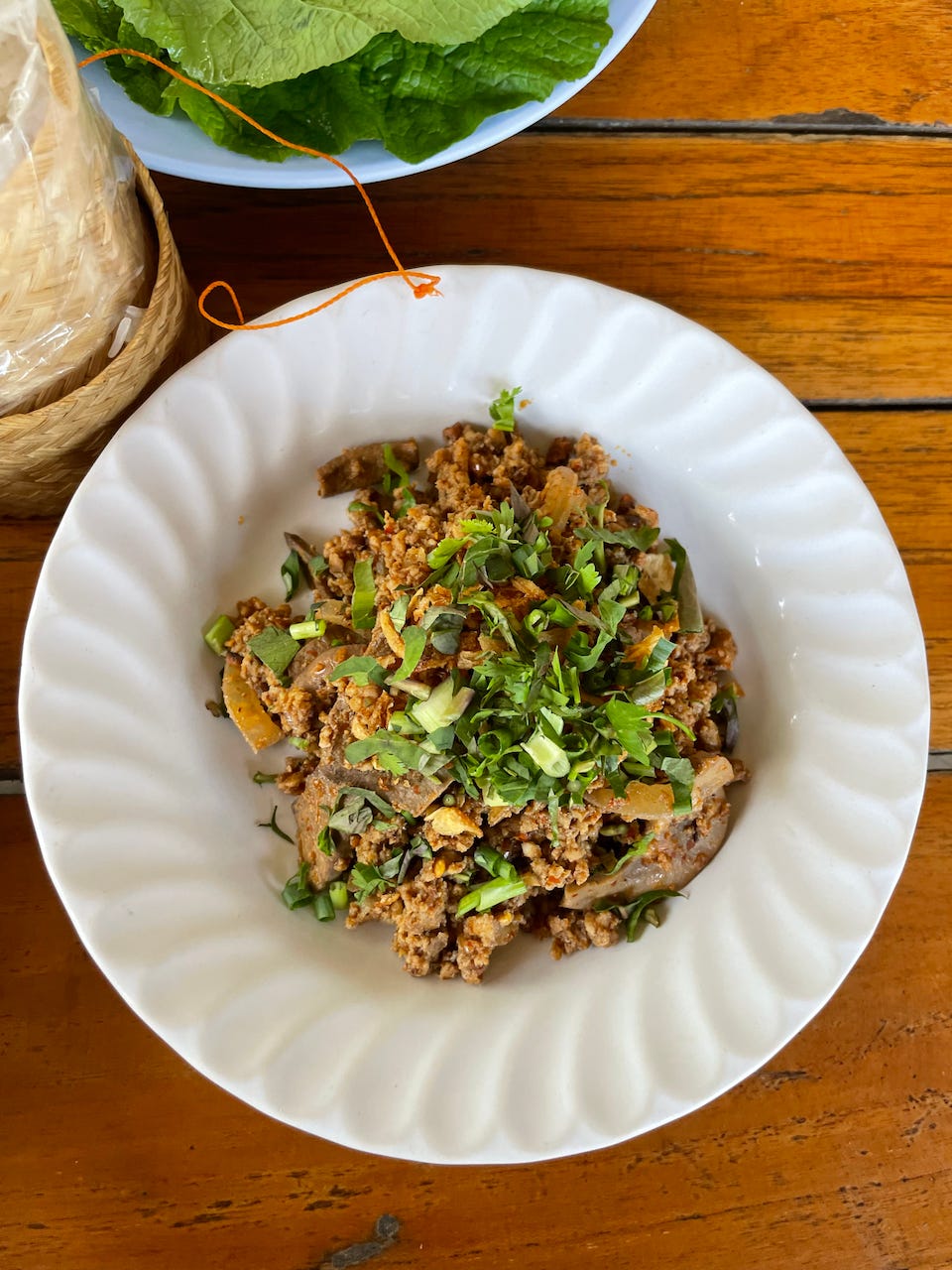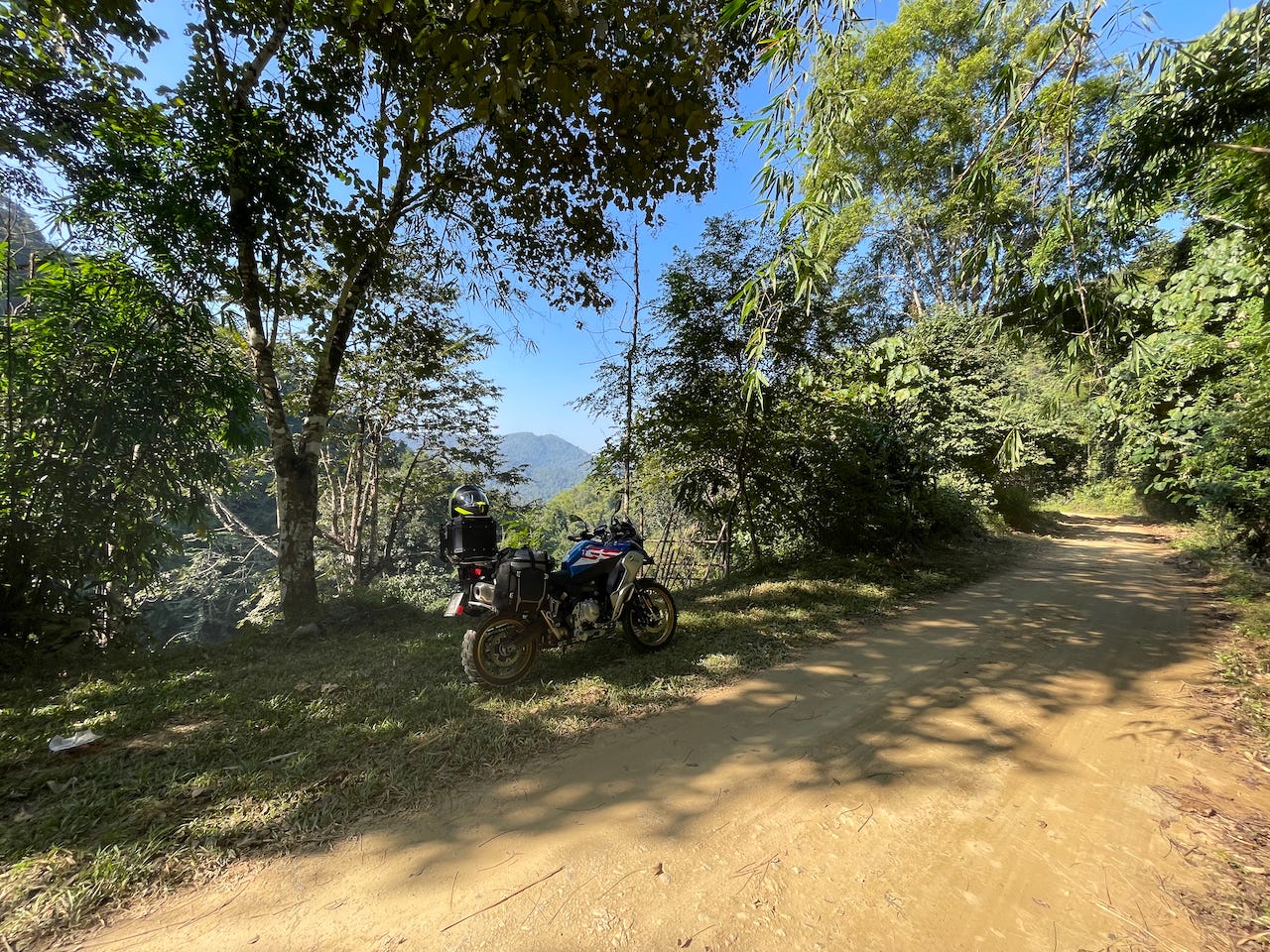For years now, solo motorbike rides through the mountains and jungles of Northern Thailand have been both release and meditation for me. I wouldn’t necessarily call it relaxing as the riding conditions require constant attention if you don’t want to be killed or maimed by the hazards you encounter. The roads themselves are often rutted, land-slid, off camber, chossy, slippery, potholed nightmares. It’s hot like hell in full riding gear. Dogs roam freely, sleeping, eating and playing on major highways even in the most remote areas with no sign of human presence. I have more than once come around a bend and encountered a herd of cows. But the biggest threat to life and limb is the Thai driver: passing on blind corners, passing at the crest of hills, tail gating at high speed, merging onto the highway without looking are some of the shenanigans that are commonplace here and all of them can end your meditative state in a heartbeat. It’s all worth it though as the scenery can be breathtaking and a few hours ride will get you to a region that might have some good food to eat.
Last week I took just such a trip: a four day ride to Udon Thani and back to visit Chef Num Samuay (see last post) with a strategic stop in Phrae for lunch at my favorite laap joint, Khrua Jin Sot.

The owner and chef of Khrua Jin Sot is Khun Wiwat Kanka, a man who runs his restaurant the way he cuts his hair: tight, clean, consistent and tasteful.
Khun Wiwat is a remarkably good cook. His Northern Thai food is done really well and consistently delicious, especially his laap. I occasionally order his naam phrik laap (laap spice) for special events as his secret formula is really great.
In case you aren’t hip to the laap variations of Thailand, I’ll give you a brief and very general breakdown. There are two main regions that make the dish: Isaan and Northern Thailand.
The Isaan laap that you get in the West is usually minced meat (chicken, pork, beef) flavored with fish sauce, lime juice, lemongrass, chile powder, rice powder and herbs like mint. The same is true in Bangkok and elsewhere in mainstream restaurants. In Isaan, you’re likely to encounter more intense versions featuring buffalo, beef, pork, duck and fish meat, organs, bile, khii awn (digestive juices from the cow), whole dried chiles, herbs, aromatics, rice powder, fermented fish sauce served both raw and cooked, minced and sliced.
Northern Thai laap features a spice mix (naam phrik) that can contain as little as four or five ingredients and as many as twenty or more, depending on the locality where it is made. It changes from province to province, town to town, restaurant to restaurant but usually has at least dry chilies, long pepper, coriander seed, garlic, shallots, makhwen (black prickly ash) and salt (also, lets be honest here: MSG). Laap Meuang (northern laap) is a lot less available outside of the region than the Isaan version though it is beginning to find favor elsewhere. The proteins used are pretty much the same as Isaan except for the duck. Northerners don’t really fux with the dux unless eating duck noodles or roasted duck during Chinese New Year…and certainly don’t make it into laap, or at least I have never encountered it. The most popular version of laap in the north is Laap Khwai Dip (raw buffalo laap) which is hand chopped meat mixed with the laap spice, raw blood, herbs, cooked chopped offal, salt/MSG/fish sauce and topped with fried shallots and/or garlic and, like the Isaan version, almost always eaten with sticky rice and a plate of herbs and vegetables to help with digestion and maybe offset the large amount of meat you ingest at one of these meals. Generally speaking, buffalo laap is eaten raw and all the others cooked, though you occasionally find raw chicken, pork or fish laap as well.
Khun Wiwat sometimes adds a local indigenous seed called Ma Laep to his laap spice which lends a citrusy note to the mixture without the sourness. Also of note is his Kaeng Awm, a meaty stew of buffalo/beef and offal cooked for a longtime with loads of chile, aromatics and shrimp paste. If you want a recipe for this very dish from Khrua Jin Sot, check out my homie Austin Bush’s excellent tome, the Food of Northern Thailand.
Another oddity about eating laap in Northern Thailand: it is far more common as a lunch dish than dinner. Often laap joints open early in the morning and are done by 3 or 4 in the afternoon. Luckily Chiang Mai is only about 2.5-3 hours from Phrae, so my morning departure got me to Phrae right about 12:30 in time to fuel up for the ride ahead. And a damn good thing too as the ride ahead turned into a 4 hour slip and slide over a mountain pass on a dirt/clay/bedrock single track “road” during which I dumped the bike, encountered a group of forest monks trekking to a jungle temple, a suicidal/homicidal maniac driving an SUV and a bunch of beautiful views. Life can be quite good, eh?









Motorbike + laap + Northern Thailand. It doesn’t get much better than that. 👍🏻
Andy, was stationed at Udorn RTAFB during the war. Was always fascinated by the food and culture of the Thai people. I've never been able to get back there fortunately I get to relive that time vicariously through your travels. Thank you sir!